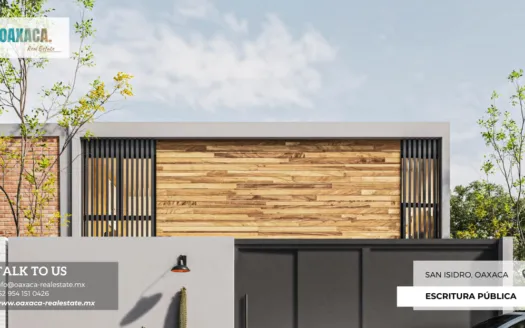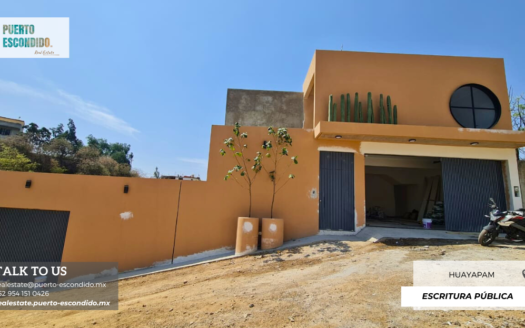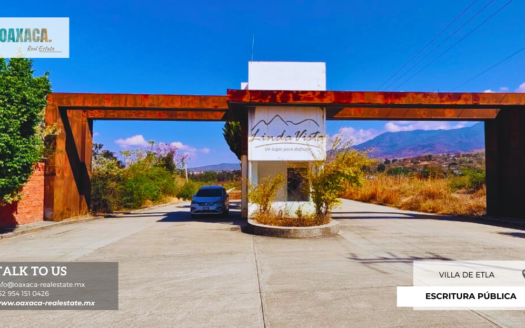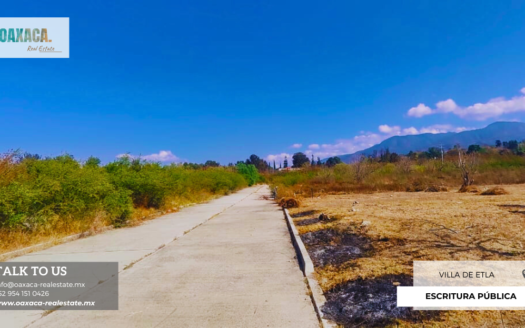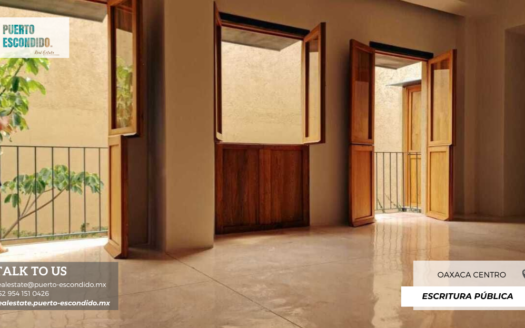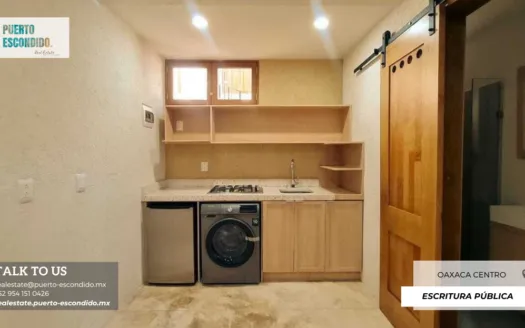Oaxaca de Juárez real estate: what to expect in 2025
Oaxaca de Juárez has quietly become one of Mexico’s most interesting property markets. If you’re exploring investment opportunities in this historic city, here’s what current trends and local insights reveal about the market landscape.
The city has transformed over recent years. What was once primarily known to cultural enthusiasts and backpackers now attracts a diverse mix of international residents, remote workers, and investors. This shift has created new dynamics in the local property market, from restored colonial homes to modern apartments catering to digital nomads.
 What’s driving interest in Oaxaca’s property market?
What’s driving interest in Oaxaca’s property market?
The market has shown consistent activity over the past decade. This growth stems from several converging factors: international recognition of Oaxaca’s cultural value, improved connectivity to major cities, and a growing community of long-term foreign residents.
- UNESCO heritage meets modern living
Oaxaca’s appeal goes beyond its UNESCO World Heritage designation. The city offers something rare: authentic Mexican culture within walking distance of international restaurants, co-working spaces, and quality healthcare. The historic center buzzes with life year-round, from the famous Guelaguetza festival to weekly markets. Meanwhile, archaeological sites like Monte Albán provide weekend escapes just minutes from downtown.
- Value proposition compared to other cultural destinations
While San Miguel de Allende and Mérida have seen dramatic price increases, Oaxaca still offers reasonable entry points for various budgets. Colonial homes in the center can range from fixer-uppers to fully restored properties, while newer neighborhoods provide modern amenities at competitive prices. This accessibility has attracted both retirees seeking charm and younger professionals building their first international property portfolios.
- Infrastructure evolution
Recent improvements have made daily life more convenient. The historic center has seen careful restoration projects that preserve character while adding modern utilities. Internet infrastructure has improved significantly, supporting the growing remote work community. The airport now connects directly to major US cities, and highway improvements have shortened travel times to both the coast and Mexico City.
It’s worth noting that buying property in Oaxaca requires understanding local nuances. Some areas involve ejidal land considerations, and restoration projects in the historic center must comply with cultural preservation guidelines. Working with experienced local professionals who understand both the legal framework and cultural sensitivities is essential for a smooth transaction.


